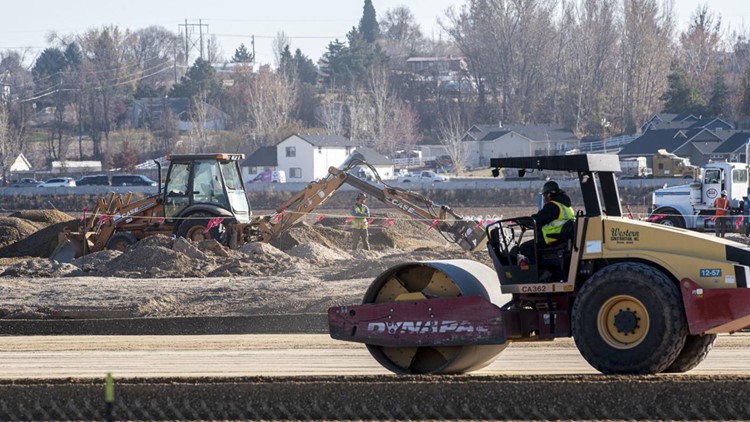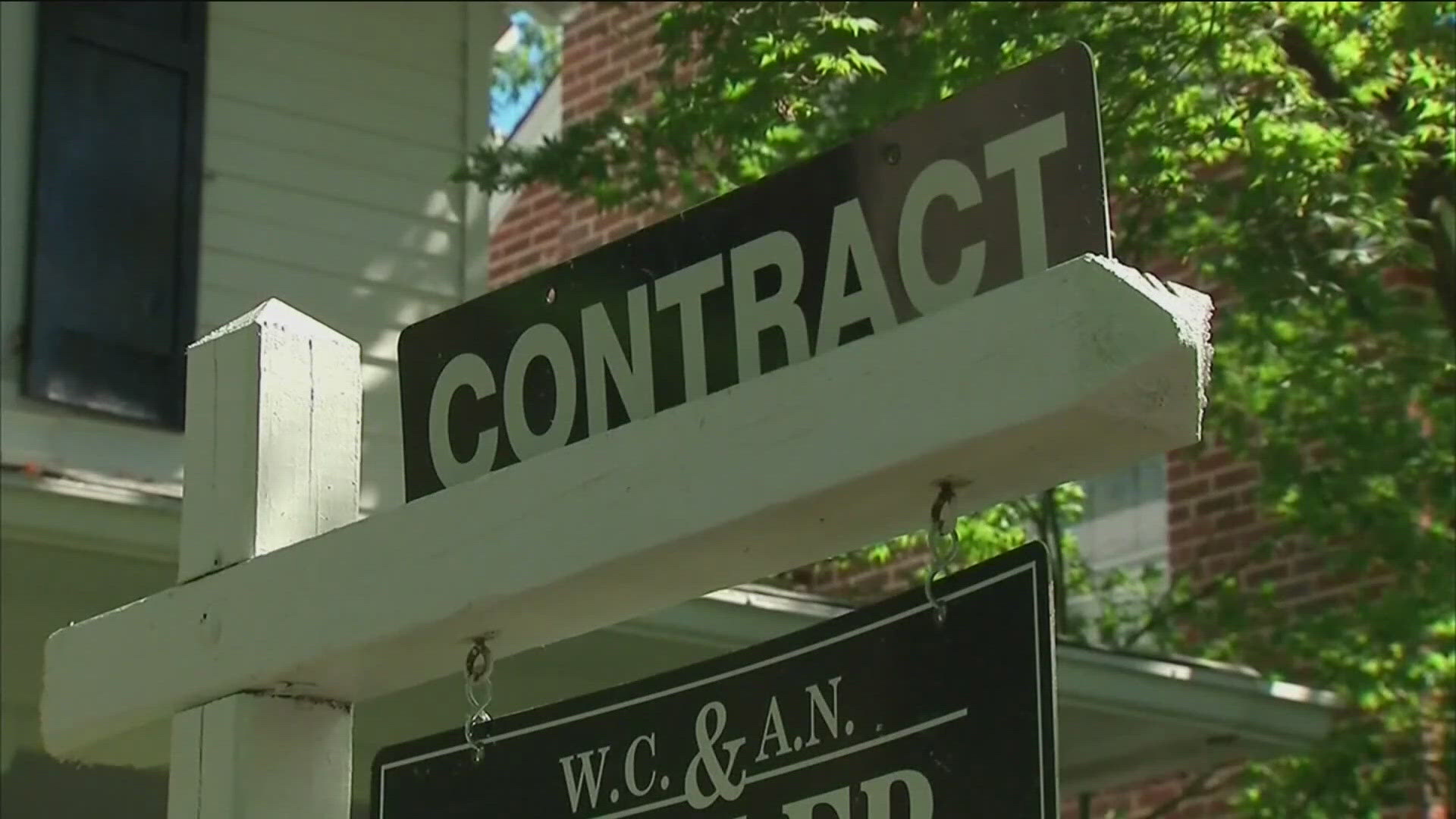NAMPA, Idaho — Editor's Note: This article was originally published by The Idaho Press.
Mayor Debbie Kling is hoping a higher power might intervene to help solve Nampa’s property tax debacle.
During a prayer at the start of an emergency city council meeting Friday, called to discuss a recently codified property tax bill that will hamstring city budgets, Kling asked God to guide city leaders in managing their finances so “that we would be able to understand what truth and reality is in our budget.”
As they prepare budgets for FY 2022, local governments are scrambling to account for new limits posed by HB 389, a bill meant to lower property taxes that was rushed through the approval process and signed by Gov. Brad Little, despite the governor having “significant concerns” about the bill’s “unintended consequences.” Communities that will see the biggest impacts are those with new construction, annexation or expiring urban renewal districts.
Those governments will need to adjust their budgets to account for an 8% cap on annual increases along with a 90% cap on the amount of new construction value they can now recognize in their budgets.
“If you have high growth, it’s going to hurt,” said Doug Racine, Nampa’s finance director.
That’s why Nampa and Caldwell are considering limiting new construction and annexations, or pausing them altogether. On Monday, the Caldwell City Council will consider a moratorium on residential development, to “respond to the imminent peril to the safety and welfare” of Caldwell citizens, posed by HB 389’s reduction of the city’s “ability to provide services to new and existing residential development,” says the council’s agenda.
During Nampa’s Friday meeting, Kling said she doesn’t recommend a moratorium, but city staff is modeling the financial impact of different types of development on city services.
“No growth is not good,” Kling said. “If you stop growth, your existing shortage is going to be compounded, and you also don’t have any additional revenues coming into the city to actually offset the cost of service to the city.”
Councilman Darl Bruner spelled out his preference: “P.A.U.S.E.” on residential development, he said, although he clarified he’d prefer a short pause.
While HB 389 will affect every city and county government, Nampa faces a unique challenge. This year, the city consolidated its fire department into the rural Nampa Fire Protection District, a move meant to pool resources and lower emergency response times. HB 389 has a section regarding the annexation of fire districts, and the city is unclear on how the Idaho State Tax Commission will interpret its language.
The bill says, following the first year in which a fire protection district has annexed city property, the city must subtract the “moneys spent” on fire protection from its budget.
This year, Nampa budgeted $12.5 million for fire services, but only $9.5 million was funded by property tax revenues; the remaining $3 million came from shared state sales tax revenue. If “moneys spent” includes the shared sales tax revenue, that $3 million would represent a true decrease in funding beyond what Nampa spent to support fire, Racine said in an email to the Idaho Press.
“The city would have to make dramatic cuts in non-fire spending in order to have a balanced budget,” he said.
Additionally, the tax commission needs to clarify which tax levy rate should be applied to new construction, Racine said.
Prior to HB 389, the previous year’s levy rate was applied to the current year’s completed new construction projects entering the tax rolls for the first time. But HB 389 tells local governments to use the current year’s levy rate and apply it to this year’s new construction, which “in reality … does not work,” Racine said, because the levy rate isn’t calculated until August and budgets are completed in July, which means local governments will have to guess.
“Guessing will result either in artificially increased taxes or artificially decreased property taxes,” Racine said. “In either case, this will have to be corrected each year through some as yet unidentified piece of trailing legislation.”
Ryan Suppe is the Boise City Hall and Treasure Valley business reporter for the Idaho Press. Contact him at 208-344-2055 (ext. 3038). Follow him on Twitter @salsuppe.



